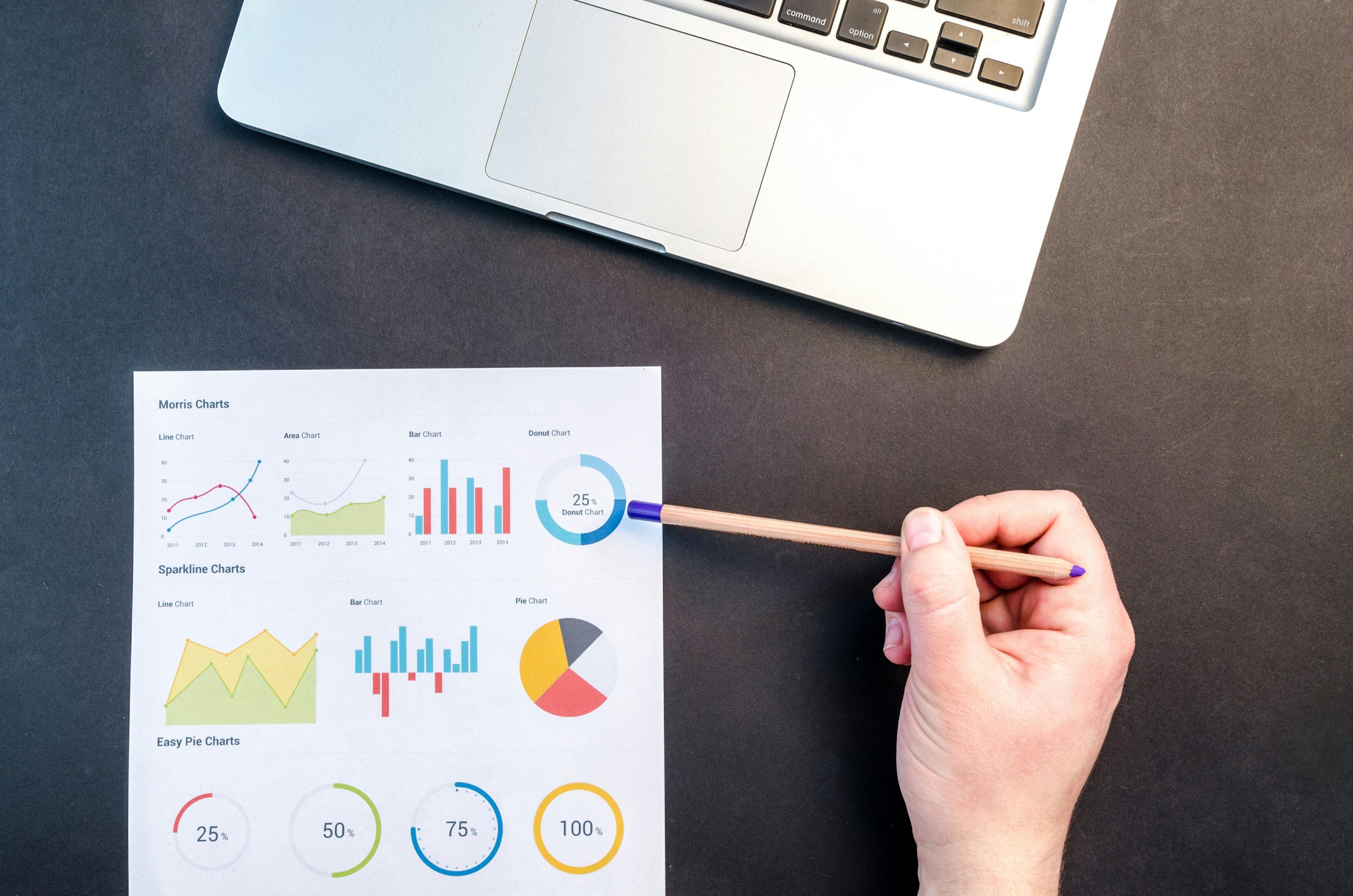I Trust That AI Will Not Worsen the Propagation of Disinformation
Will AI Really Accelerate the Spread of Disinformation? A Thoughtful Perspective
As artificial intelligence continues to evolve and permeate our digital landscape, a common concern has emerged: Will AI-driven content exacerbate the problem of disinformation? Many worry that the ability to generate vast amounts of fake or misleading information at scale could flood social media platforms, making it harder to distinguish truth from fiction. While this concern is understandable, I believe the reality might be more nuanced.
The Existing Landscape of Content Consumption
Consider how we typically consume short-form media today. Whether scrolling through TikTok, Instagram reels, or YouTube shorts, most of us view a limited number of videos—generally between 100 and 150 in a browsing session. This volume remains relatively stable regardless of whether the content is inherently human-made or AI-generated. The sheer quantity of content we encounter daily has already reached levels that would be staggering to process fully.
Does Increased Content Mean More Disinformation?
One might argue that with AI producing more content, the amount of disinformation we see should proportionally increase. However, the key point is that our exposure is bounded by our attention span and algorithmic filters. We tend to consume what entertains or interests us most. The distribution of content types—cat videos, viral clips, political commentary—remains consistent over time. Thus, even if the total volume of misinformation grows, it doesn’t necessarily mean each individual will see more disinformation than they would have in previous years.
The Nature of Disinformation and Its Detection
Modern disinformation often comes packaged in formats that are more subtle than blatant falsehoods. Edited clips, misrepresented statements, or manipulated images—these can be more convincing and harder to spot. For example, a doctored video of a public figure making a controversial statement can spread rapidly and appear authentic at first glance. Yet, because our brains are wired to recognize patterns and are influenced heavily by the format of content we consume, these manipulated clips often don’t change our overall consumption patterns significantly.
Impact of AI-Generated Content
Adding AI-generated content into the mix might create more clutter and noise, but it doesn’t necessarily mean our exposure to disinformation will increase in a meaningful way. Most of us will continue to gravitate toward content that resonates with our interests, and algorithms will continue to recommend what engages us—regardless of whether the content is human or AI-created.
Final Thoughts
While the potential for AI to produce convincing dis














Post Comment